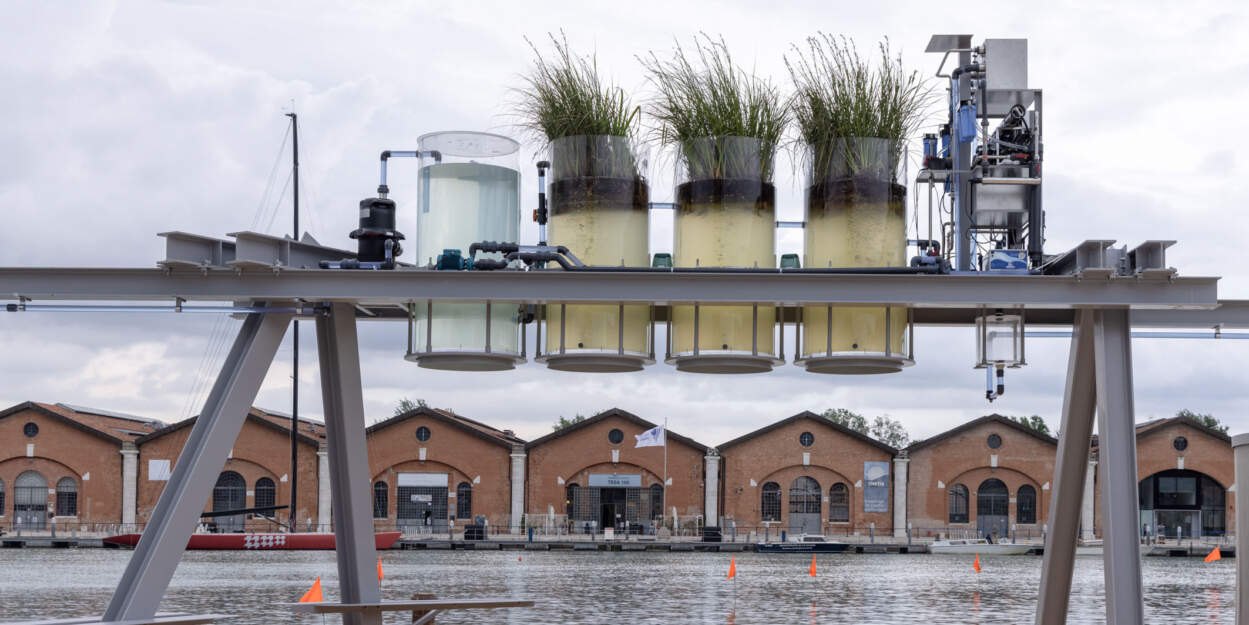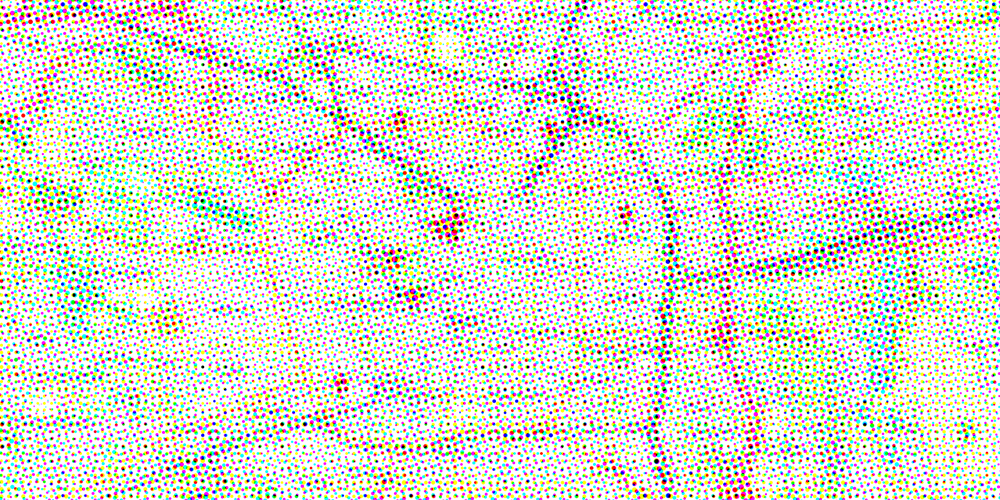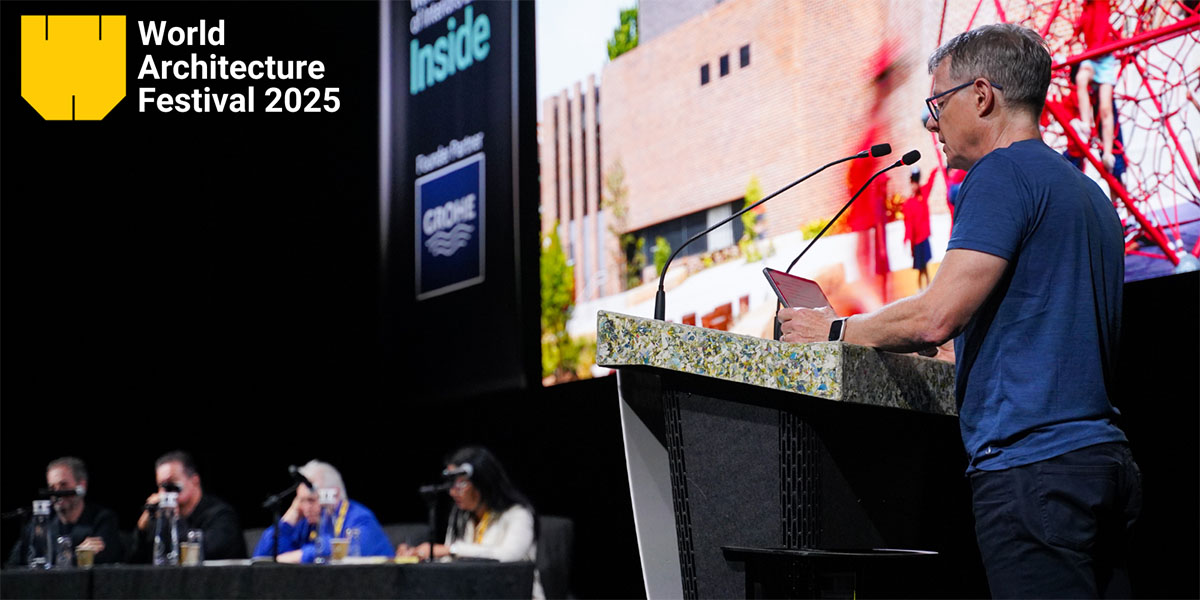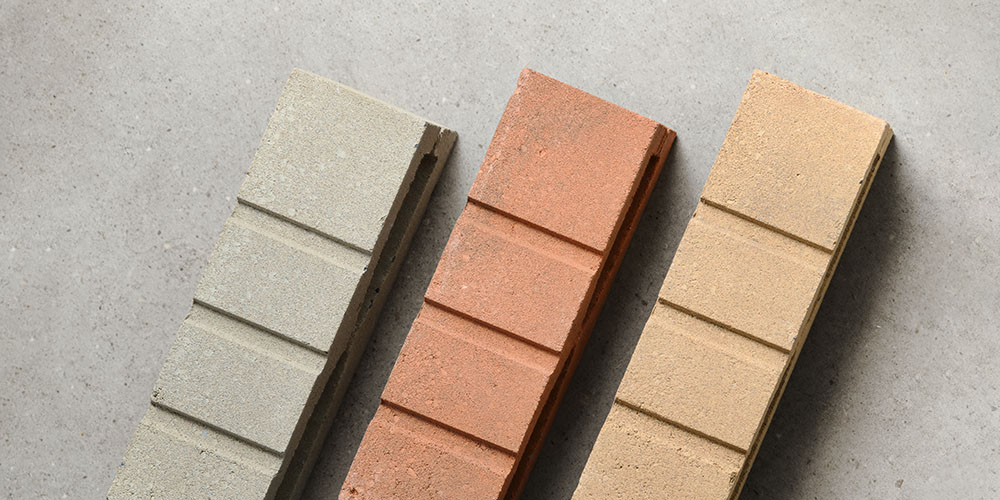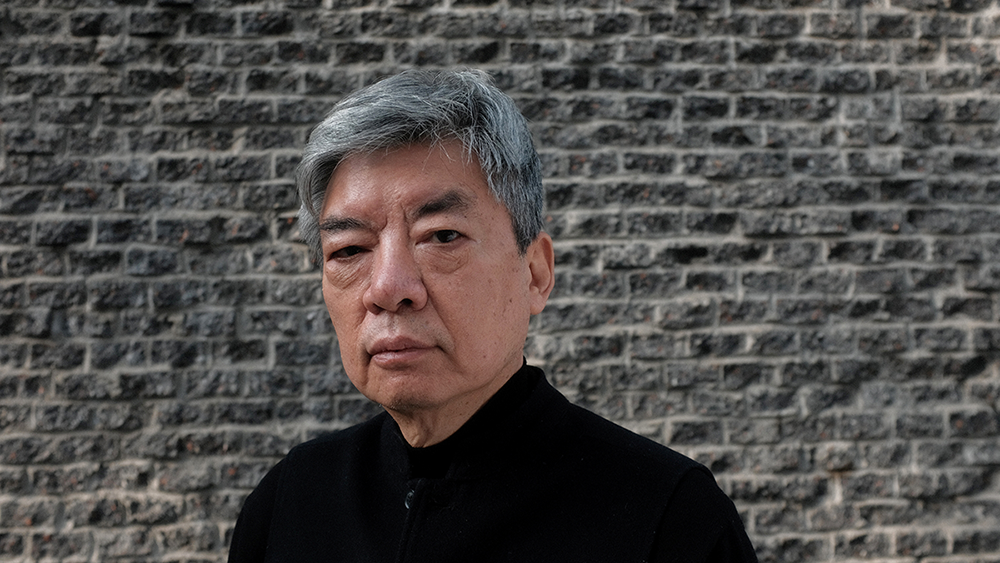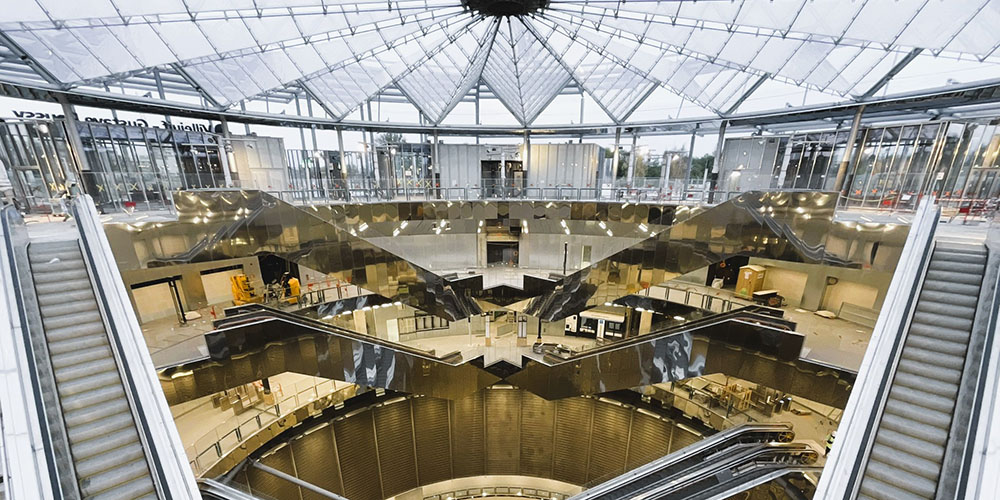In September 2021, the Nederlands Openluchtmuseum, Paleis Het Loo museum, the Rijksmuseum and the Cultural Heritage Agency of the Netherlands opened a joint new national collection centre in Amersfoort: The CollectieCentrum Nederland designed by cepezed.
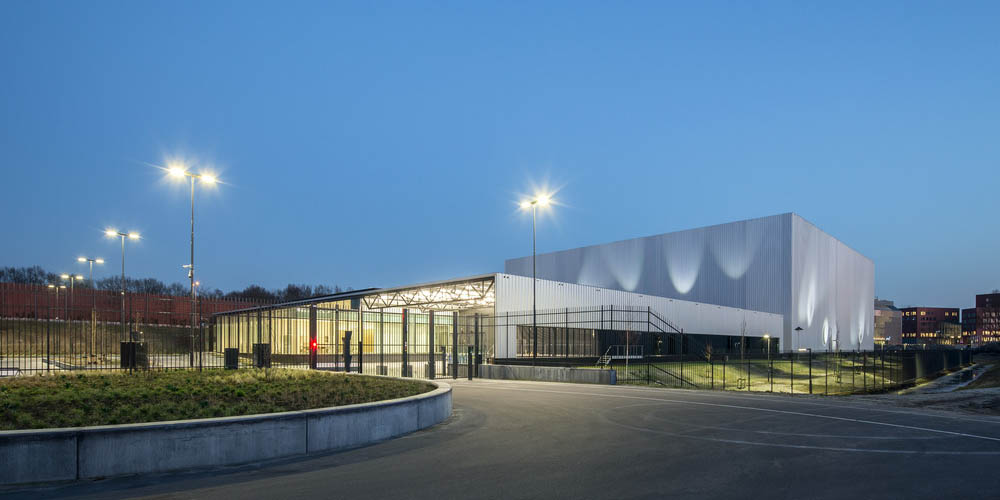
The CollectieCentrum Nederland (CCNL) boasts 30,000 m2 in storage space to facilitate optimum management and preservation of the Dutch national collections. Besides storage, it will also be the country’s leading centre for research, exchange of expertise and the loan of important works.
cepezed, amongst our best architecture companies in the Netherlands, designed the interior of the building, in close collaboration with ABT for stability, Valstar Simonis for installations, and Peutz for building physics and sustainability.
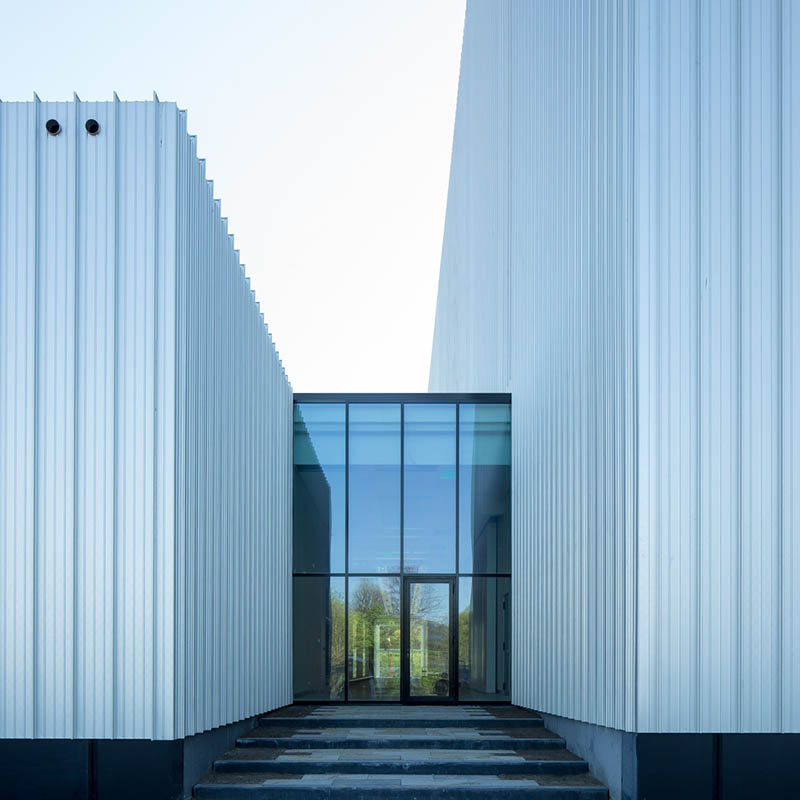
It has no public function. The CollectieCentrum Nederland stores approximately half a million objects.
These objects range from paintings to sculptures, jewellery, clothing, clocks, furniture, and other crafts derived from a full spectrum of Dutch history, and from all walks of life. Examples include royal thrones and furniture from noble families, as well as merry-go-round horses, historic bicycles, sleighs, and a steam engine weighing more than 7,000 kilos. Together, the collections form “the physical memory of the Netherlands”.
Both organizationally and with regard to content, the four institutions of the CC NL work closely together in ways that are unique in the world.
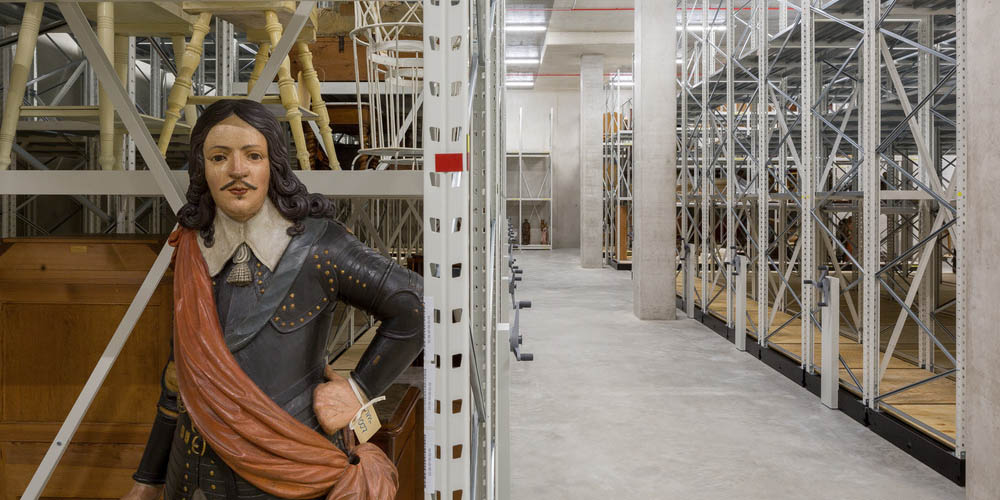
The CollectieCentrum Nederland also offers unique facilities for the Netherlands, which benefit the entire cultural sector. For example, for the first time in the Netherlands, there are special quarantine rooms in which museum pieces can be rid of harmful insects and fungi by means of freezing cold or oxygen extraction.
Additionally, the building contains a photo studio and an X-ray room, as well as two large restoration studios that can be used by other cultural institutions. CC NL stimulates research of its collections and promotes their mobility.
For example, fellow museums are welcome to borrow the collections, and the building is accessible for research and education by appointment.
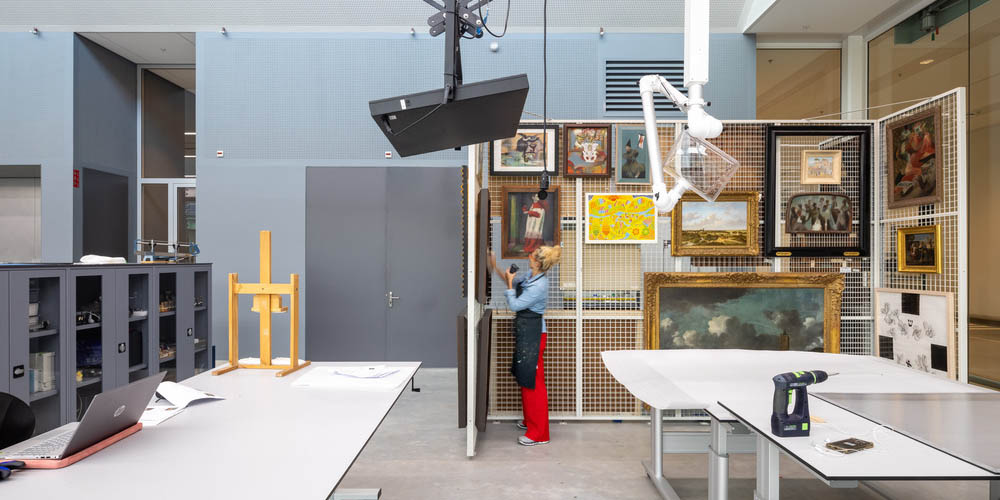
Functionally, the building consists of three linked construction sections, referred to as the ‘head’, the ‘neck’, and the ‘trunk’. The ‘head’ is a transparent volume containing the entrance and offices.
In the ‘neck’, there are workshops where objects are examined and restored. The X-ray room, photo studio, freezer room, quarantine and oxygen-free areas, and a space for transport preparation are also located in that part of the building. Finally, the ‘trunk’ is a compact, closed volume of four storeys.
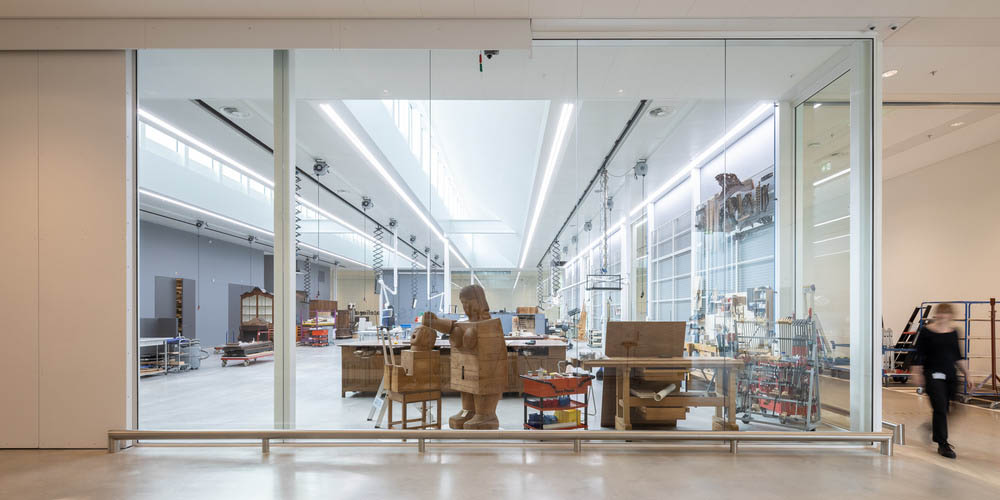
This is the actual depot, with large spans of 8.1 meters to provide maximum layout flexibility. For optimal protection, the spaces features small fire compartments and high classification partitions. The ‘trunk’ also contains special facilities, including a cold storage room for audiovisual material, while the ground floor includes expansive space for large and heavy objects.
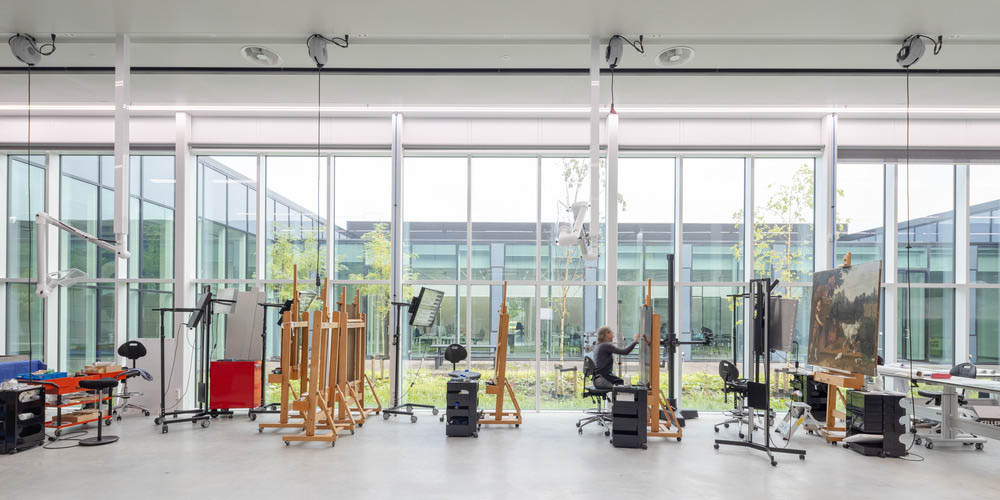
From ‘head’ to ‘trunk’, the building sections are connected by two parallel, seven-metre-wide axes that open up the building over its full length to form the main traffic arteries. One of the axes connects the covered forwarding area at the front to the depots in the ‘trunk’.
The facades are clad with a sleek aluminum skin and, in darkness, the building is illuminated by the design of lighting artist, Herman Kuijer.
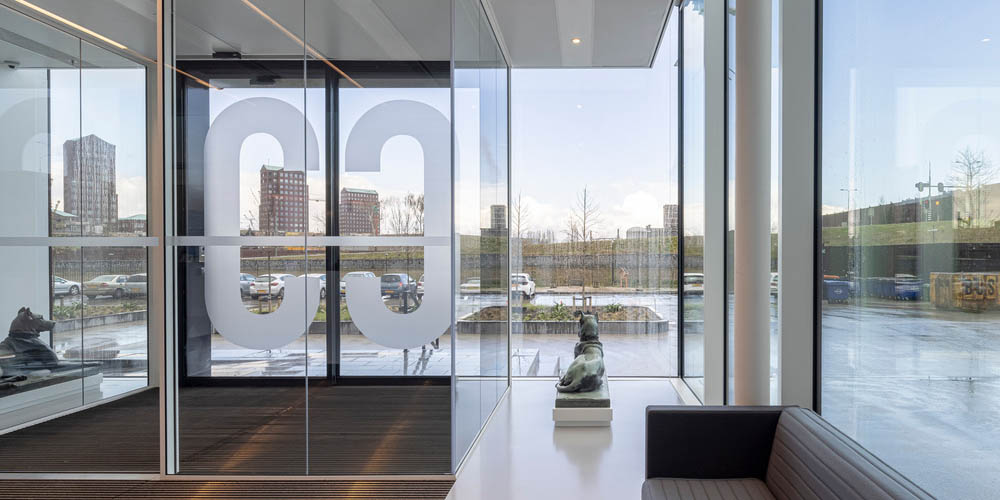
In terms of sustainability, both the design and the completed building are BREEAM Outstanding certified; the highest achievable five-star classification. With a score of 91.62%, CC NL is ranked amongst most sustainable buildings in the Netherlands.
The climate control of the depot area is special, with the roof and facades combining to form a highly insulating shell. The ground floor is uninsulated and is in direct contact with the underlying ground, which therefore acts as a temperature buffer.
As a result, only an absolute minimum of installation techniques is required for air conditioning with a constant temperature between 12 and 15 degrees.
This is not only energy efficient, but also contributes significantly to the safety of the collections. After all, fewer installations also mean that fewer installations can fail.
The depot has an RC value of 10, while the ‘head’ and ‘neck’ also have a high insulation value and an RC value of 6. In addition, these building parts use an ATES and a gray water system to flush the toilets.
More than 3,600 m2 of solar panels have also been installed on the roof. The building is energy neutral (building-relater energy use) and, overall, is almost zero-energy (user-related use).
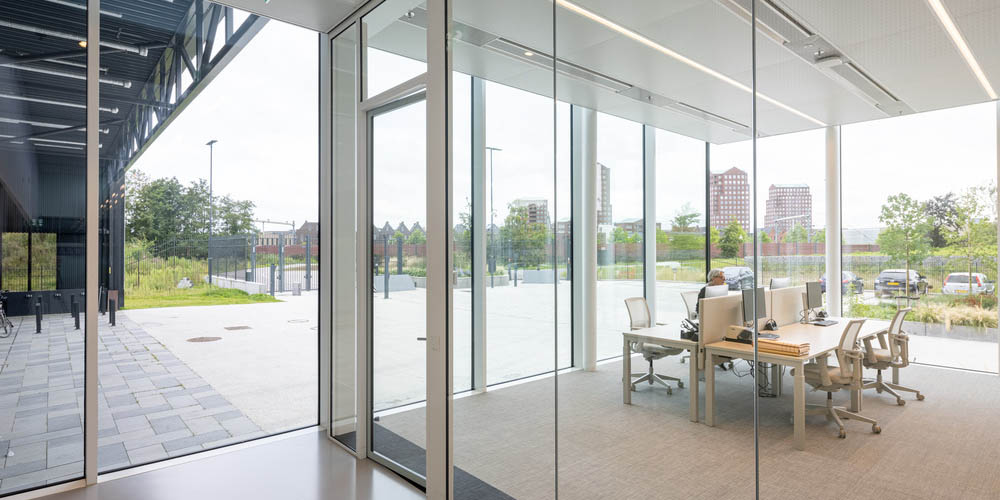
Nature development also dictated the design of the patio between the ‘head’ and ‘neck’, and the grounds around the sustainable building.
The site design contributes maximally to the development of local flora and fauna; for example, rabbits and foxes have already been spotted around the building on a number of occasions. A wadi, a natural water basin that collects rainwater, also functioning as an infiltration facility for the surrounding vegetation, is part of both the ecological landscape design and the security measures.
Much attention has been paid to making CC NL a pleasant and functional workplace for the approximately thirty employees of the various institutions.
The building has a clear and well-arranged layout, with spacious transport zones that support efficient logistics. The workshops receive abundant daylight through glazed façades, and the patio and north-facing shed roofs.
Photography: Lucas van der Wee | cepezed

